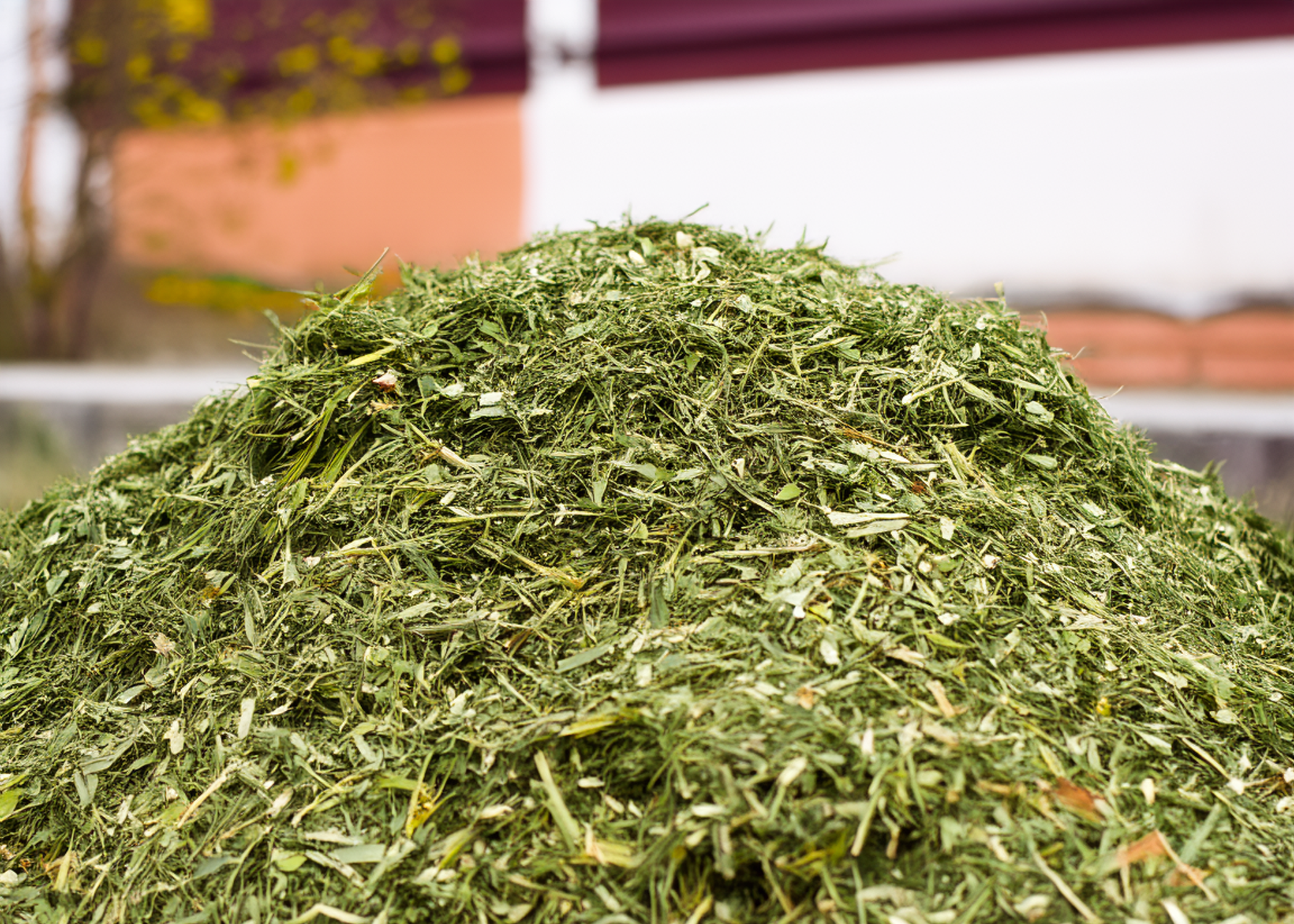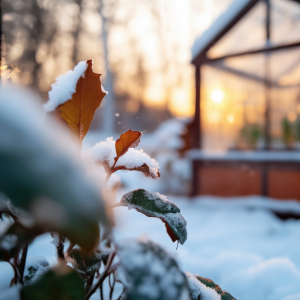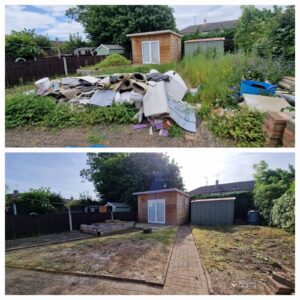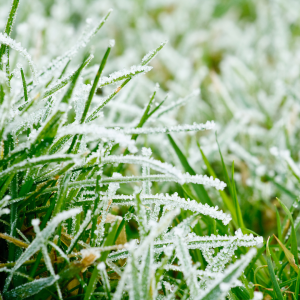Many homeowners ponder the merits of leaving grass clippings on their lawn. According to lawn care experts, grass clippings can indeed be beneficial, contributing to a healthier, more vibrant lawn. This practice, known as “grasscycling,” has gained popularity for its simplicity and effectiveness in promoting a robust lawn.
Contrary to popular belief, grass clippings do not cause thatch buildup, which can harm the grass. Instead, they act as a natural fertilizer, enriching the soil with essential nutrients. Additionally, grasscycling can save time and effort, as it eliminates the need for bagging and disposing of clippings.
Benefits of Grasscycling
Natural Fertilizer
Grass clippings are rich in nutrients like nitrogen, potassium, and phosphorus—key elements for lawn growth and development. When left on the lawn, these clippings decompose and release nutrients back into the soil, serving as a natural fertilizer.
Moisture Retention
Grass clippings help retain moisture in the soil, reducing the need for frequent watering. This is particularly advantageous during hot, dry periods, as it helps maintain soil moisture levels, promoting healthier grass.
Time and Effort Savings
Grasscycling eliminates the need for bagging and disposing of clippings, saving homeowners time and effort. This can be especially beneficial for those with larger lawns or limited time for lawn maintenance.
Improved Lawn Appearance
As grass clippings decompose, they create a natural mulch layer that can suppress weed growth and improve soil structure and texture. This results in a healthier, more attractive lawn.
Factors to Consider
While grasscycling offers numerous benefits, there are a few factors to consider to ensure it works effectively for your lawn:
Grass Length
Avoid leaving clippings on the lawn if the grass is too long, as it can create clumps that smother the grass, preventing sunlight, air, and water from reaching the soil. Regular mowing, adhering to the one-third rule (removing no more than one-third of the grass blade length at a time), is recommended.
Grass Type
Different grass types have varying nutrient requirements. For instance, Bermuda grass is a heavy feeder and may still require additional fertilization even with grasscycling.
Weather Conditions
Wet grass clippings can clump together, creating an environment conducive to fungal diseases. It’s best to mow when the grass is dry to avoid this issue.
Mower Type
Mulching mowers are designed to cut grass into finer pieces, which decompose more quickly and provide more nutrients to the lawn. If using a standard mower, bagging may be necessary to prevent clumping.
Proper Grasscycling Techniques
To effectively leave grass clippings on your lawn, follow these tips:
Mow at the Right Height
Ensure clippings are roughly one-third the height of your grass. For a 3-inch lawn, mow when the grass reaches about 4 inches tall. This ensures clippings decompose quickly and do not smother the grass.
Use Appropriate Equipment
Mulching mowers work well for grasscycling. Ensure your mower blades are sharp to cut the grass evenly and prevent large clippings that can form clumps.
Mow Frequently
Regular mowing, ideally once a week during the growing season, ensures clippings remain small and decompose efficiently.
Discharge Clippings Properly
Direct clippings towards areas you have already mowed to distribute them evenly. Use a rake or leaf blower to disperse any clumps.
Avoid Mowing Wet Grass
Wait until the grass is dry before mowing to prevent clippings from clumping together and forming rows.
Alternatives to Grasscycling
In certain situations, grasscycling may not be suitable. Here are some alternatives:
Composting
Grass clippings are an excellent source of nitrogen for compost piles. Mix them with other organic materials to create a balanced compost.
Mulching
Use a mulching mower to finely chop clippings and distribute them evenly on the lawn.
Bagging
If you have excess clippings or prefer not to grasscycle, bag them and dispose of them according to local guidelines.
Raking
For small lawns, rake up clippings and use them as mulch or compost material.
Conclusion
Grass clippings can be a valuable addition to your lawn care routine, providing essential nutrients, conserving moisture, and saving time. By understanding how to properly manage it, homeowners can make informed decisions to enhance their lawn’s health and appearance.




